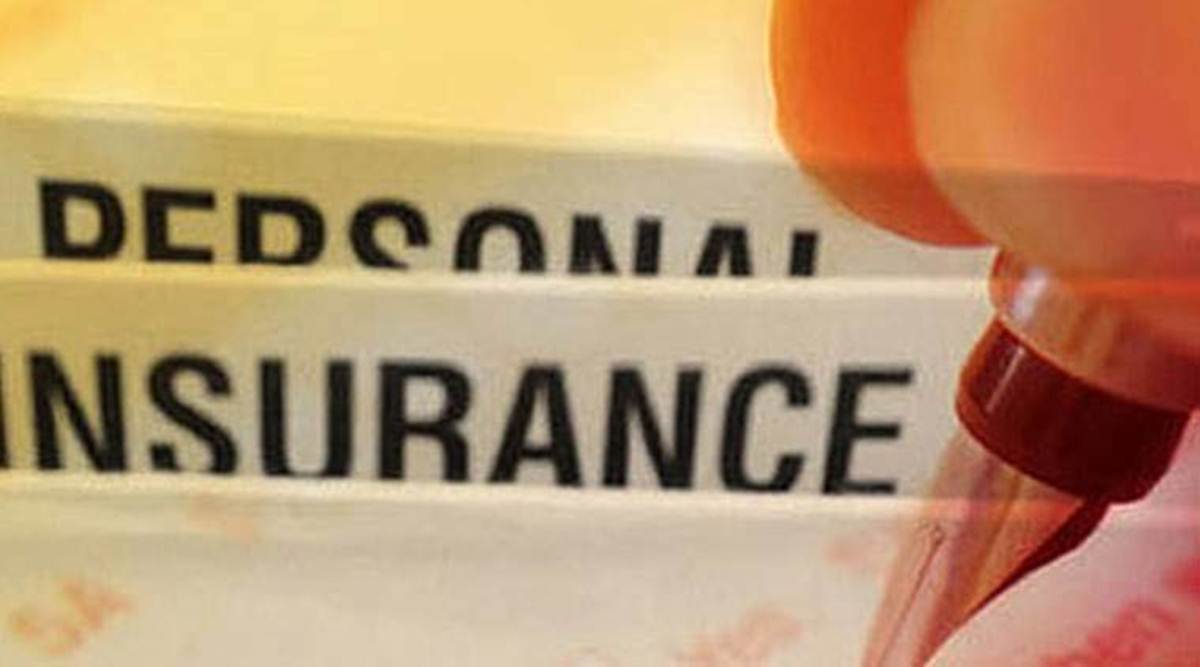The number of people opening new stockbroking accounts and buying insurance policies online has soared even though most offices were non-operational due to the lockdown in the wake of Covid-19 pandemic.
The insurance sector is witnessing a 100 per cent growth year-on-year in new electronic insurance accounts (eIA), or dematting of insurance policies in the paperless format. The number of people opening new stockbroking accounts and buying insurance policies online has soared even though most offices were non-operational due to the lockdown in the wake of Covid-19 pandemic.
“I foresee in the near future where most of the policies would be issued only through an e-insurance account and we are working with a few of the larger insurance companies in this direction,” said Madhusudhan ML, MD & CEO, NSDL Database Management Ltd (NDML), a part of National Securities Depository Ltd (NSDL), the nation’s largest securities depository.
The capital market popularised the dematerialisation of stocks in the two decades and immensely benefitted the entire ecosystem including users to seamlessly transact. “Similarly, the Irdai has taken the initiative towards the creation of an e-insurance account with an idea to help users easily access and manage their multiple policies,” he told The Indian Express.
eIA is the portfolio of insurance policies of a policyholder held in an electronic form with an insurance repository (IR). This will help an eIA holder keep track of insurance policies (life as well as non-life) across multiple insurers in one place. The Insurance Regulatory and Development Authority of India (Irdai) has allowed four entities to carry out IR business: NSDL National Insurance Repository (NIR), CDSL Insurance Repository, KARVI Insurance Repository and CAMS Insurance Repository.
While the benefits of having an online account are obvious, some factors are affecting the adoption of eIA in India. “Awareness about the eIA as a product and its benefits takes the top spot as the major factor affecting the adoption. Each stakeholder will have to take a step towards educating their respective customers on the features and benefits of eIA,” Madhusudhan said.
The other challenge that usually comes up is the perceived loss of customer ownership by the distribution ecosystem as issuance of a policy digitally is seen as one less opportunity to interact with the customer. “Then is the issue of ‘unless I see a physical copy, the policy is not issued’ kind of uncertainty in minds of customers. While such challenges exist, we see tremendous scope for the concept and are seeing over 100 per cent growth year-on-year in the adoption,” the NSDL chief said.
He added that Irdai has mandated the issuance of online policies through IR and currently all policies sold through insurance companies’ online portals are issued digitally through IRs. “Insurance companies have understood the importance and convenience of eIA and have adopted various strategies to drive adoption. This proactive non-regulatory initiative from a few of the progressive insurance companies has yielded immediate gain in terms of operational efficiencies and reduction in print and dispatch cost.”
He said all physical policies can be converted to electronic format and a policyholder can add their existing policies held in physical form to an eIA. “All a policyholder has to do is open an eIA and share the policy details like policy number and insurer name. This is completely a paperless process for the customer and doesn’t take more than a few minutes. As the insurance policy is issued in electronic form the hassles associated with the processing of claims for physical policies like availability of documents to the nominee, loss in transit, authenticity, mutilated document, etc. are eliminated,” Madhusudhan added.
Currently, 2.9 million customers manage their insurance policies with NIR. “The eIA helps insurers in saving costs by eliminating the requirement of printing and dispatching the complete policy kit to the customer through physical means either by post or courier. A cost-benefit analysis conducted by NIR for one of the largest insurance players showed a reduction of print and dispatch cost by over 70 per cent,” he said.
Source: Read Full Article


